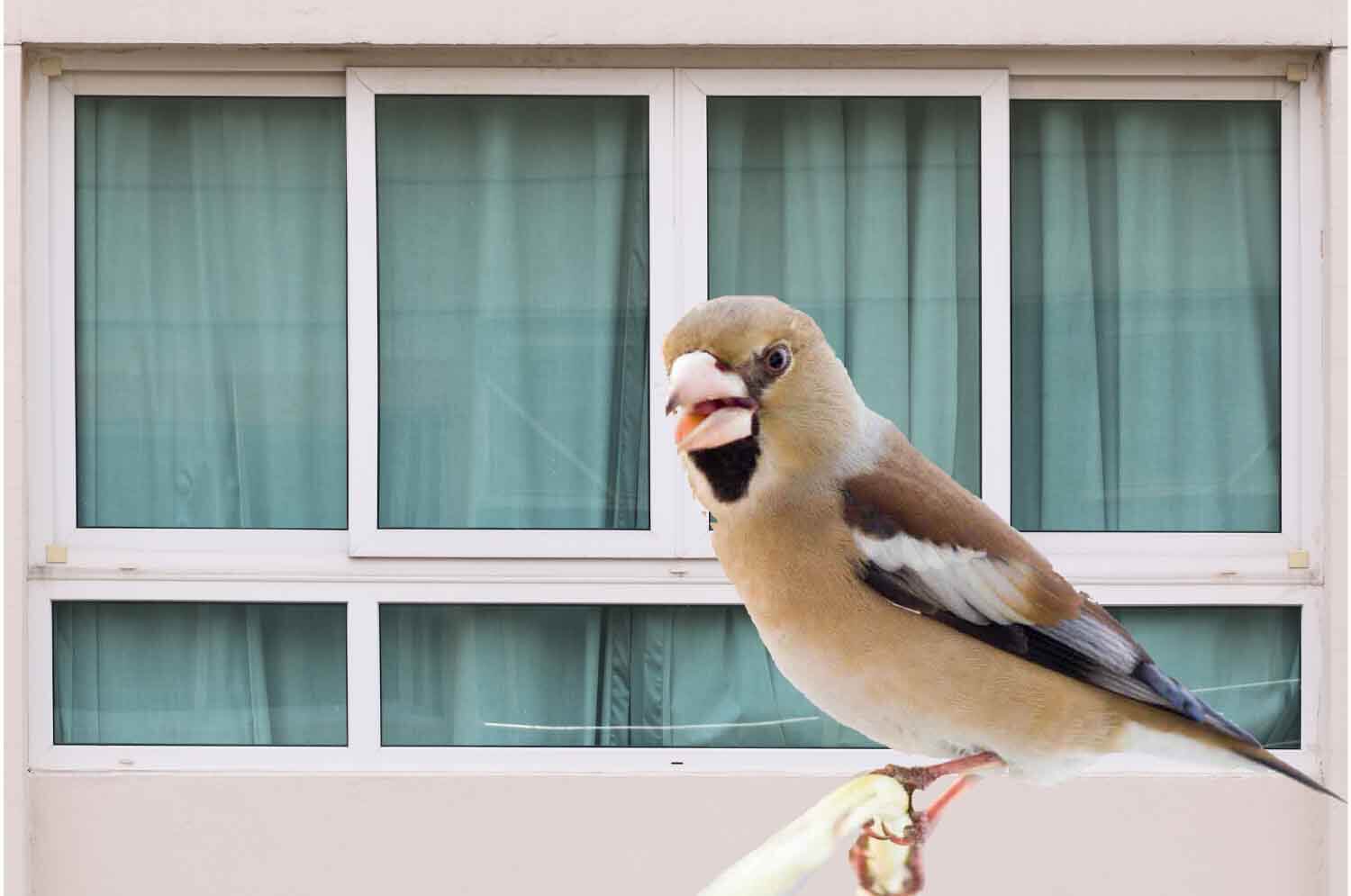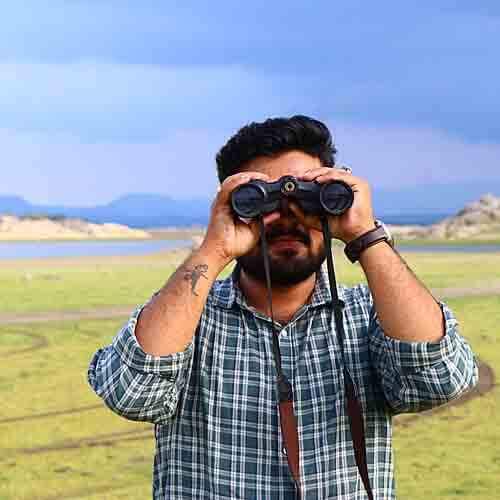Birds That Eat Dead Animals
These 15 Birds Don't Care What's For Dinner!
Birds that eat dead animals, often referred to as
carrion-eating birds or scavengers, play an important role in our ecosystem
that usually goes unnoticed. Doing the unglamorous job of nature's cleanup
crew, they aid in breaking up and recycling dead organic matter back into the
environment.
What kinds of birds eat carrion? There are actually a vast
number of diverse species that perform this task. Let's take a closer look at
15 of the most common types of scavenger birds around the world.
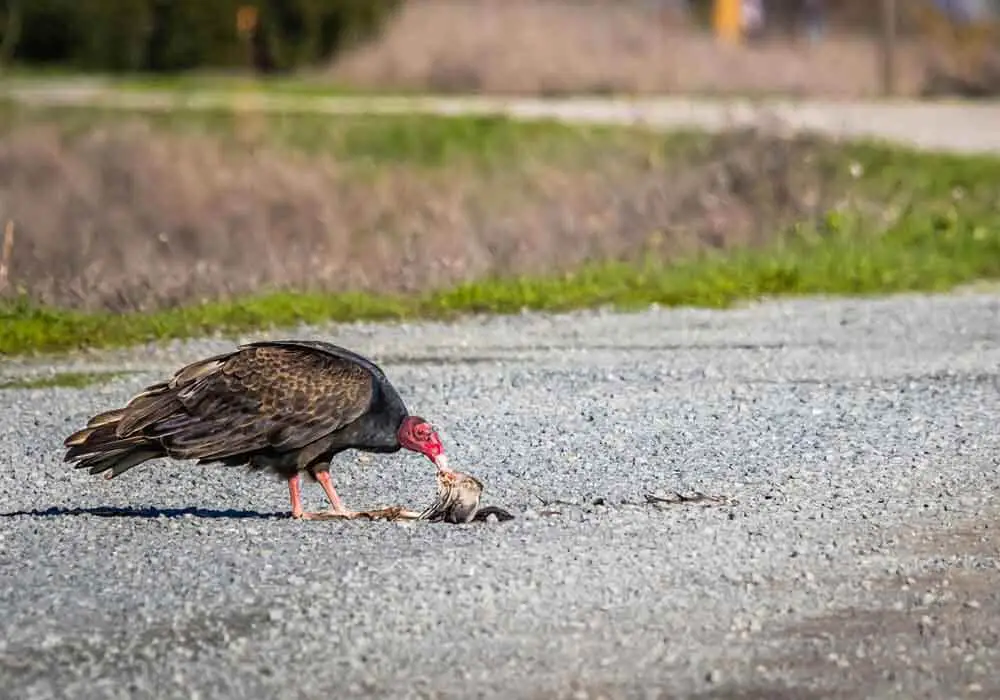
Here's 15 Birds That Love To Eat Carrion...
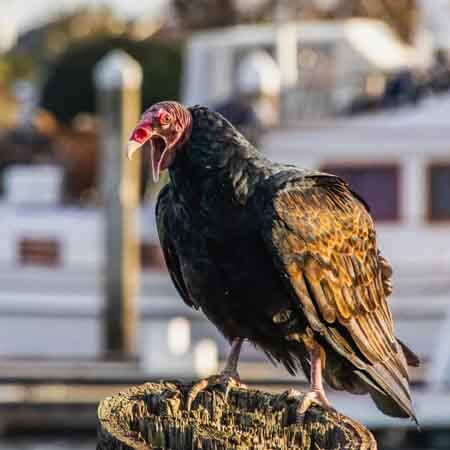 |
The Turkey Vulture One of the most famous and easily recognized carrion eaters is the Vulture. Particularly, the Turkey Vulture known for its red, bald head and broad wings. Native to the Americas, it has a super sharp sense of smell to find carrion from miles away! |
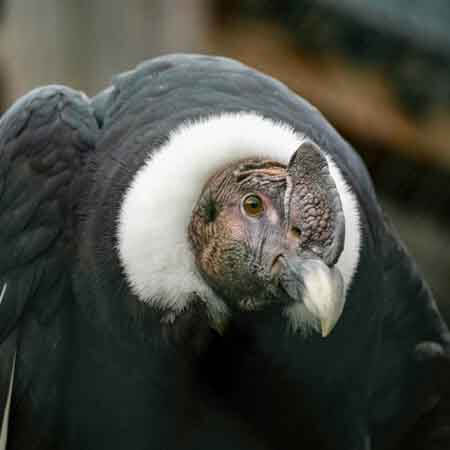 |
The Condor We must also mention the magnificent Condor. The Andean Condor and California Condors are two famous species, both having the distinction of the largest flying birds in the Western Hemisphere. They have evolved to have keen eyesight for spotting dead carcasses. |
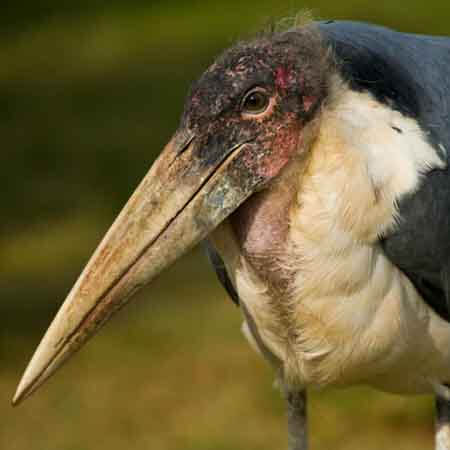 |
The Marabou Stork Moving across continents, we encounter the Marabou Stork in Africa. Its diet isn't limited to carrion; it readily indulges in insects, fish, and even other birds. This scavenger is also known to hang around human habitations for waste food. |
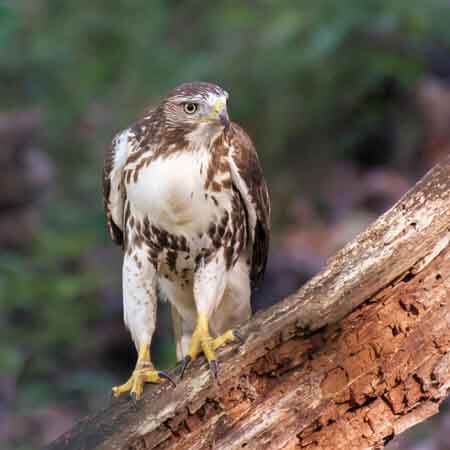 |
The Red-Tailed Hawk The Red-Tailed Hawk fulfills the role of a dominant scavenger, soaring high above the ground and using its keen eyesight to spot carrion. Despite its primary preference for rabbits and hares and just about any mammal, it doesn't decline a free carrion meal. |
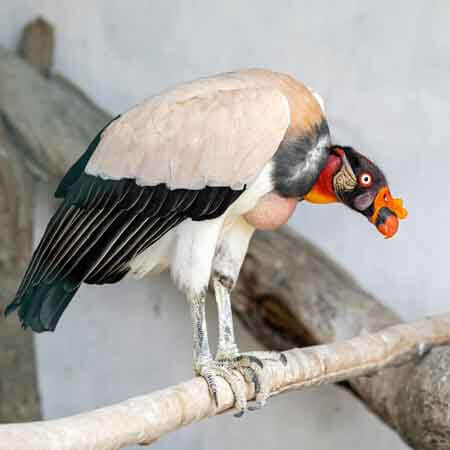 |
The King Vulture Another bird on this list is the King Vulture. Residing in the tropical lowlands of Central and South America, King Vultures are vibrant, with splashes of white, black, pink and orange. Unusually, they have a distinctive odor that reportedly smells like a broken gas line. |
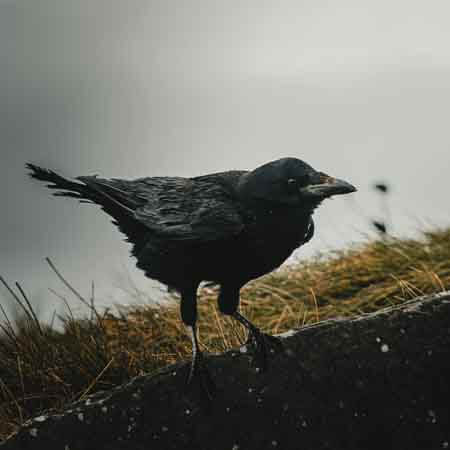 |
The Raven Still in America, but this time North, the Common Raven is known for its intelligence and adaptability. Adapted for a widely varied diet, these birds that eat dead animals feed on carrion but are also known to eat insects, grains, and even small animals. |
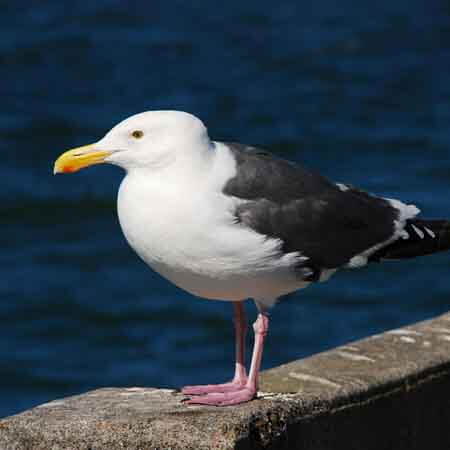 |
The Great Black-Backed Gull From the family of gulls, the Great |
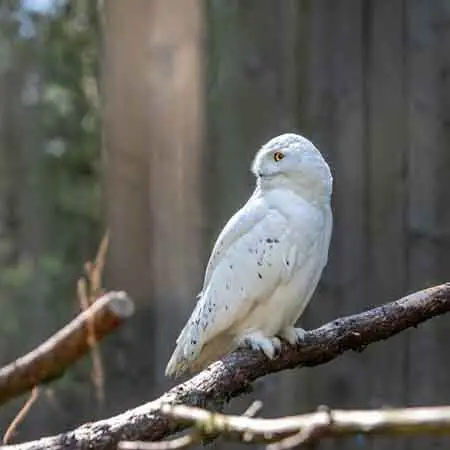 |
The Snowy Owl Heartily adapted to the uncompromising weather of the Arctic is the Snowy Owl. It adopts a scavenging lifestyle during winter times when live prey is scarce, feeding on leftovers of larger predators like polar bears. |
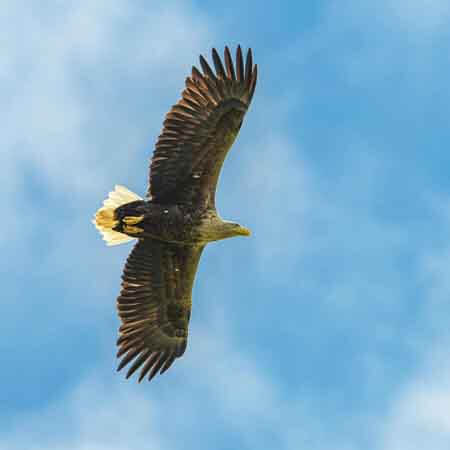 |
The White Tailed Eagle In Europe, the White-tailed Eagle is a premier scavenger. This eagle is fond of fish but won't pass by a succulent carcass. Its strength lies in its ability to switch between being a predator and a scavenger seamlessly. |
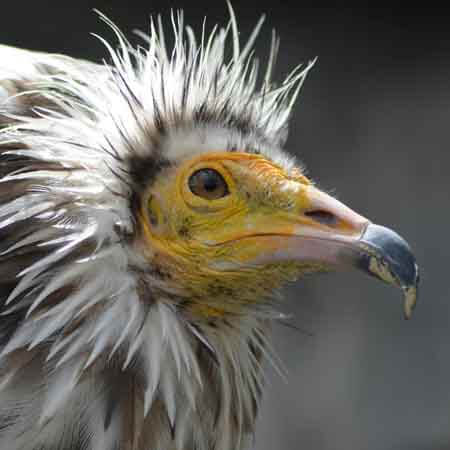 |
The Egyptian Vulture The Egyptian Vulture, found in parts of Africa, Asia, and Europe, is distinct with its bright white plumage and yellow face. An avid tool user, it is known to drop hard objects from a height to break into tough carrion. |
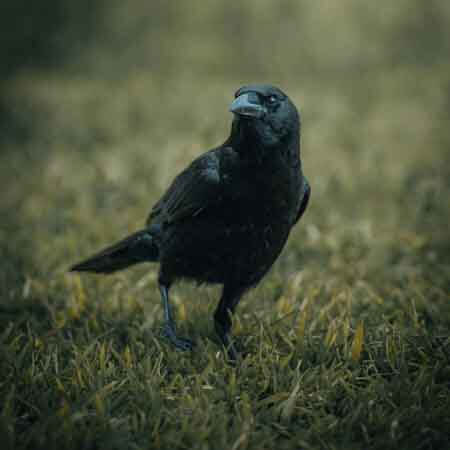 |
The American Crow Closer to our urban environs, the American Crow proves that not all carrion birds are raptors. Prolific across North America, they happily devour roadside kills, aiding in maintaining the roads clean and reducing disease threats. |
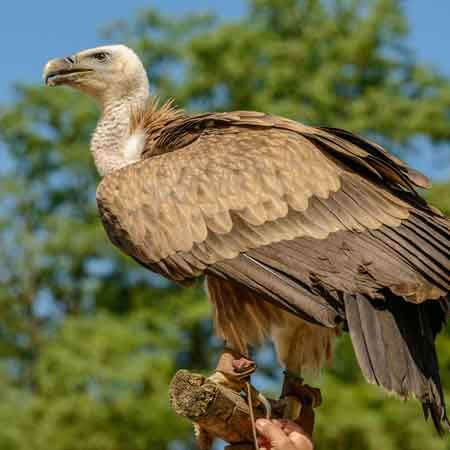 |
The Griffon Vulture Heading to Asia, the Himalayan Griffon Vulture is a prominent member of the vulture family. At home in high altitudes, it feeds on the carcasses of large ungulates. |
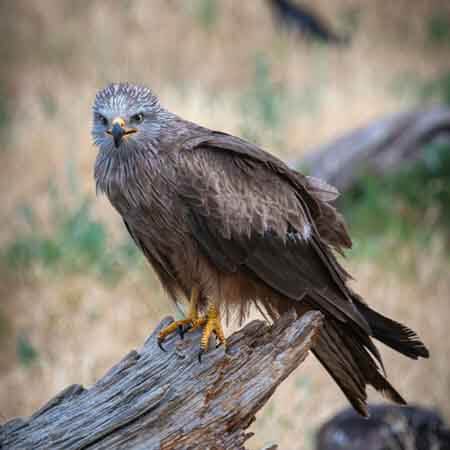 |
The Black Kite The Black Kite, spread across Africa, Asia, and Australia, has a varied diet, composed of carrion, small mammals, and even waste from human habitats. This makes it one of the most globally widespread bird that eats dead animals. |
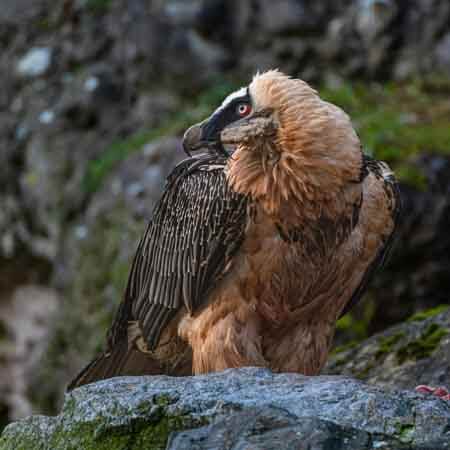 |
The Bearded Vulture Lastly, the Bearded Vulture, or Lammergeier, dwells in mountainous regions from Europe to Asia. Most uniquely among birds, its diet is 70-90% bone, making it the final link in the food chain, playing a matchless role in the circle of life. |
Natural competitions among these carrion birds varies
widely, from scavenger hierarchies where the most dominant bird leads to
complex timing strategies to find the perfect moment to swoop in for a meal.
Birds That Eat Dead Animals: Locating Their Next Meal
How these birds locate carrion is quite intriguing. Some like vultures have exceptional olfactory senses while others, like condors and eagles, possess incredible eyesight to spot carcasses from miles away. Ravens and crows, being intelligent birds, even use communication to alert each other about available carrion.
Their food of preference,
obviously, is carrion. Yet, it is interesting how they prefer certain types.
Larger birds tend to favor larger carcasses while smaller scavengers opt for
smaller, more manageable carcasses.
Food Seasonality and Environmental Challenges
The seasonal availability of their food varies. In harsh winters, when carcasses freeze, it becomes difficult for them to feed. This results in migratory patterns, with birds moving to warmer areas where food is more accessible.
Many carrion-eating birds are facing challenges due to environmental changes. Habitat destruction has led to lesser availability of carrion, forcing them to adapt to alternatives or venture into human spaces in search of food.
The industrial age has introduced new threats. Wind turbines and power-lines often cause fatal injuries, disrupting their numbers and affecting the ecosystem's balance.
Another risk involves poisoning. When predatory birds eat
carcasses of animals that were killed using poison bait, they ingest the lethal
substance. This leads to secondary poisoning, causing harm to these unseen
heroes of the environment.
Their Role In Our Ecosystem
Despite these challenges, carrion-eating birds maintain a vital role in ecosystems. By consuming dead animals, they keep environments clean and disease-free, thus sustaining the biodiversity of habitats.
Respect for these roadkill feeders is often overlooked. Yet,
the next time we spot a carrion bird, let's remember the important job they are
doing, forming an integral part of the food chain, making life possible for so
many other species.
They Deserve To Be Protected
We should therefore be inspired to take action, be it in the form of being more conscious about the dangers we pose to these bird species or advocating for environmental conservation to preserve their habitats.
Their unique lifestyle stands as a lesson in resilience,
adaptability, and the interconnectedness of nature’s rhythms. Death as a form
of life: Carrion Birds remind us that every creature, no matter how grim their
job might seem, holds immense value in our world's grand tapestry.
Back To The TOP Of This Birds That Eat Dead Animals Page
- We Know Birds HOME ›
- Bird Behavior Facts and Information ›
- Birds That Eat Dead Animals


